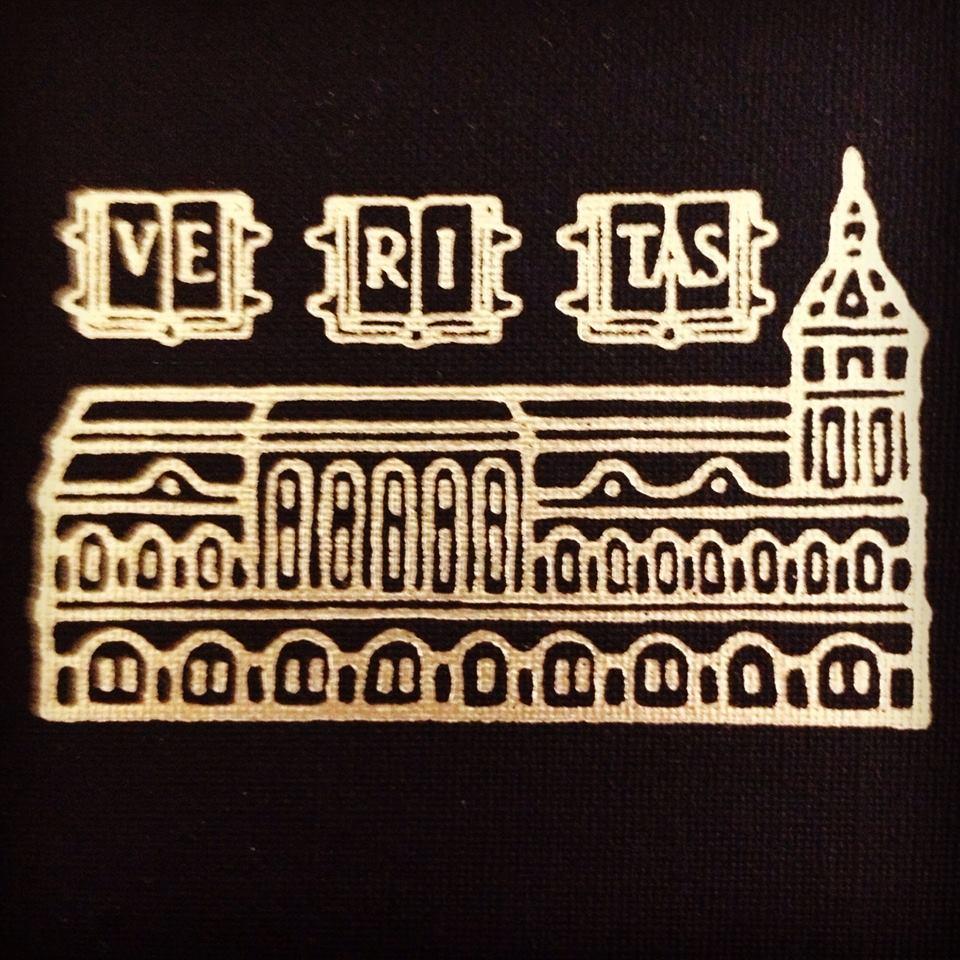Szlachcic na zagrodzie równy wojewodzie.The noble on his estate is equal to the voivode.
This is a Polish proverb, part of the legacy that came with the Commonwealth, that basically means that no free man would think of himself as less superior than anyone else.
The Polish-Lithuanian was one of the early republics, and experienced a time of prominence in the mid-1600s. A huge state, (see this map) it had over 8 million residents. Germans, Armenians, Jews, Poles, etc. all lived together. However, whilst there was freedom of religion and many different faiths, Catholic was predominant under the constitution. The constitution, for that matter, was made up of all parliamentary legislation – ranging from the obligation of farmer tenants to wartime taxation.

Many would disagree that the Commonwealth was a republic, as there were still enserfed peasantry and privately controlled cities, and additionally, politics was limited to the szlachta (upper class). Those who held seats in the Senate could also only be Catholic, as was the case with the elected King of the Commonwealth.
Comparing the Commonwealth with its close neighbours, though, illustrates the importance of the progress it had made so early. Rights of self-determination to regional councils and a Parliament of the Commons made in the Commonwealth contrasted with the victory of absolute and central rule in Russia over Zemskii sobor (assembly of the people).
